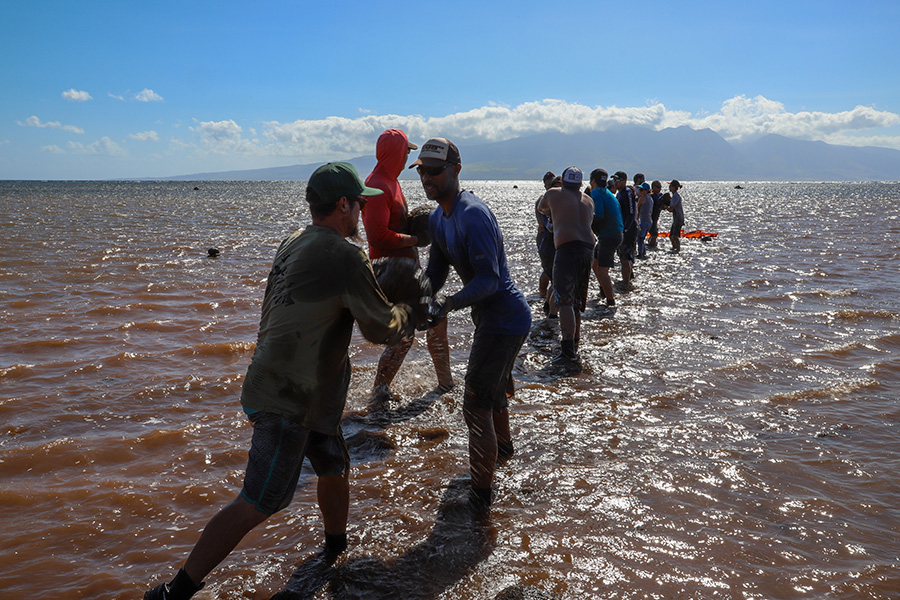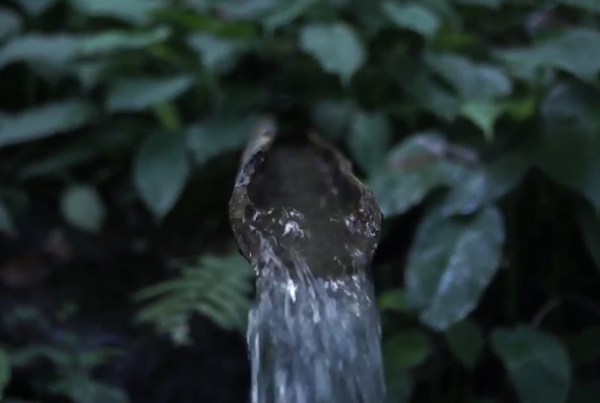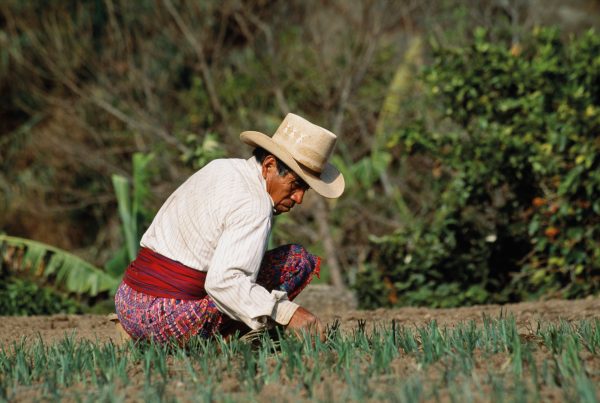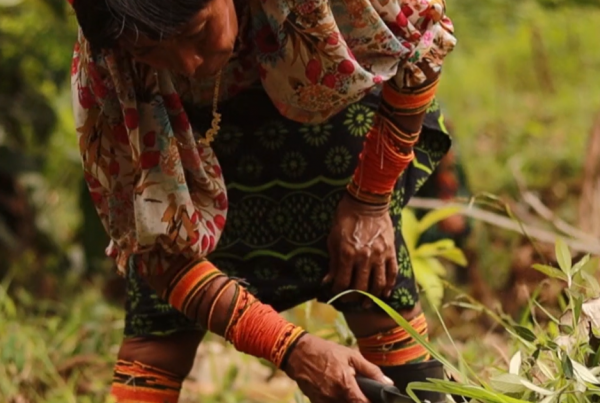Loko i‘a are advanced, extensive forms of aquaculture unique to Hawai‘i. While techniques of herding or trapping adult fish in shallow tidal areas, in estuaries and along their inland migration can be found around the globe, Hawaiians have developed fishponds that are technologically unique, advancing the cultivation practice of Mahi i‘a (fish farmer).
Loko‘iʻa take advantage of natural coastal ecology and tidal cycles, enhancing nearshore areas to efficiently provide algae to feed and fatten herbivorous fish. Additionally, where high surf, storms and other weather phenomena can influence and interrupt fishing practices, or when ocean fishing may not yield sufficient supply, fishponds provide a regular supply of fish.
The variety of loko i‘a designs and construction methods demonstrates an unparalleled understanding of engineering, hydrology, ecology, biology and agriculture. Loko i‘a practice is the result of over a thousand years of generational knowledge, experimentation and adaptation, and reflects a deep indigenous understanding of the environmental, ecological and social processes specific to our islands.
Loko i‘a were essential components of traditional food systems in Hawai‘i, providing food security and community resilience. Their revitalisation goes hand in hand with the revitalisation of Hawaiian language, arts, architecture and diet.
Today, most loko i‘a sites are highly degraded. Barriers to restoration include altered watersheds and diversion of water; invasive species; permitting processes that are not well designed to accommodate loko i‘a restoration; and the loss and scattering of generational knowledge of managing and caring for loko i‘a. Yet, loko i‘a remain important components of the ahupua‘a (traditional land division) and still have the potential to contribute to a healthy and robust food system.
Kahina Pōhaku fishpond in Moloka‘i, Hawaii. Credit: Scott Kanda, courtesy of Kua‘āina Ulu ‘Auamo.
Author
- Brenda Asuncion, Kevin K.J. Chang, Miwa Tamanaha; Kua‘āina Ulu ‘Auamo
Ecosystems
- Marine and coastal
Topics
- Food
- Knowledge, culture and spirituality
- Ecosystem restoration
Type
- Short-form
Date
- This case study forms part of LBO-2, originally released in 2016.
Restoring the wall of Waia‘ōpae fishpond, Lānai, Hawaii. Credit: Scott Kanda, courtesy of Kua‘āina Ulu ‘Auamo.

Collaboration and the collective movement of Hui Mālama Loko I‘a
Over past decades, Hawaiian communities and kia‘i loko (fishpond guardians) worked to restore loko i‘a around the islands and reclaim the knowledge and practice of loko i‘a culture. Hui Mālama Loko I‘a, a network of loko i‘a and kia‘i loko from six Hawaiian Islands, was formed in 2004, meeting annually and opportunistically to strengthen working relationships and share experience and expertise.
Most recently, our network of committed and skilled site-based caretakers leveraged its collective influence to streamline the permitting processes in collaboration with the State of Hawai‘i, and has generally improved co-management relationships with government and private entities. Sharing and social cohesion are key components of loko i‘a culture because of the scale of physical labor needed for construction and maintenance. The surrounding community comes to help and, in return, shares in the abundance produced from the pond. Today, loko i‘a serve as kīpuka (oases or receptacles) for the renewal of traditional practices and values in contemporary ways. They are thus celebrated for their past and future potential to contribute to the needs of their ahupua‘a and our broader community in Hawai‘i.



